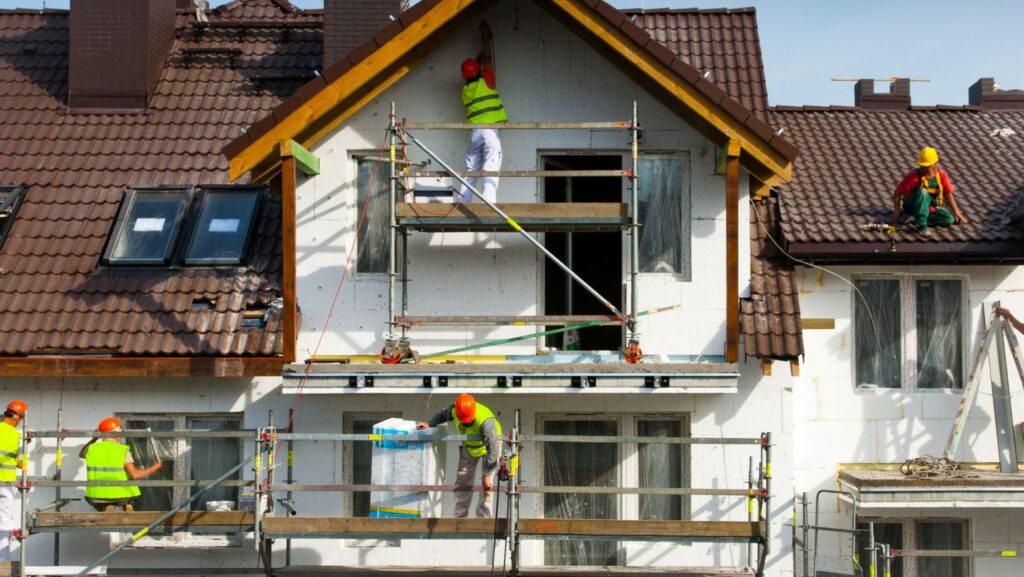The Great British Insulation Scheme has been designed to improve energy efficiency in homes across the United Kingdom. With rising energy costs and growing concerns about sustainability, the program encourages households to adopt insulation solutions that can reduce energy consumption. Understanding the impact of this scheme on energy use is important, as it not only addresses financial savings for individuals but also contributes to the broader goal of environmental conservation.
This article breaks down the key aspects of the initiative and explores its effects on energy usage.
What is the Great British Insulation Scheme?
The Great British Insulation Scheme is a government initiative aimed at improving the thermal efficiency of homes in the UK. By providing funding and support, homeowners and landlords can effectively insulate their properties. The program primarily targets homes with low energy efficiency ratings, helping those who may struggle with high energy bills.
Insulation is essential for keeping warmth in during colder months and maintaining a cool environment during summer. Without proper insulation, homes lose significant amounts of energy, leading to increased heating or cooling needs. The scheme offers various forms of insulation measures, including loft, external wall, and cavity wall insulation, each tailored to different home structures. To qualify for the program, homeowners need to assess their GBIS eligibility, which they can check online.
How Does Insulation Reduce Energy Use?
At its core, insulation works by creating a barrier that slows down heat transfer. During the winter, it prevents heat from escaping, while in the summer, it stops excessive heat from entering the home. This simple process reduces the reliance on heating systems or air conditioning, ultimately lowering energy consumption.

For example, imagine a home without loft insulation. Heat naturally rises and escapes through the roof, meaning homeowners need to use more energy to keep their living spaces warm. With the addition of proper insulation, the heat stays within the house for longer, reducing the need to keep the heating on for extended periods.
This reduction in energy use directly impacts household energy bills. Properly insulated homes can save up to 30% on energy costs annually. For many families, these savings can be substantial, particularly in times of fluctuating energy prices.
The Environmental Impact of the Insulation Scheme
Beyond personal savings, the Great British Insulation Scheme plays a significant role in environmental conservation. By encouraging reduced energy consumption, the program contributes to the UK’s broader efforts to reduce carbon emissions. More energy efficient homes means less demand for electricity and gas, much of which is still generated through fossil fuels.
In the long run, widespread adoption of insulation could have a notable impact on the country’s carbon footprint. If a large percentage of homes improve their insulation, the overall demand for energy will decrease, leading to fewer emissions from power generation. In this sense, the insulation scheme is aligned with national goals to transition towards cleaner energy sources and meet international climate targets.
Cost-Effective Energy Savings
One of the major benefits of the Great British Insulation Scheme is its accessibility. The government provides financial support, which helps cover the cost of installing insulation in eligible homes. For many, the upfront costs of home improvements can be a barrier, but this initiative makes it more affordable for a wide range of households.
For example, a household with a low energy efficiency rating may qualify for a grant to cover most, if not all, of the insulation costs. This is especially beneficial for low-income families, who are often the most vulnerable to rising energy prices. The scheme not only helps them save on their monthly bills but also ensures that their homes remain comfortable throughout the year, regardless of the season.
Moreover, the financial savings extend beyond individual homes. Reduced energy demand across the country means less strain on national energy resources, which can contribute to more stable prices in the long run. In a way, investing in insulation due to sustainable living benefits both households and the larger economy.
Examples of Successful Insulation Projects
There are many examples of homes that have significantly reduced their energy consumption after participating in the Great British Insulation Scheme. For instance, a family living in a 1950s semi-detached house in Manchester was able to reduce their heating bills by 40% after installing both loft and wall insulation.

Previously, the family struggled with keeping their home warm during winter, relying on high levels of heating to maintain a comfortable temperature.
Another example comes from a housing association in London, where several homes were upgraded with external wall insulation. The result was a 25% reduction in overall energy use, contributing to lower carbon emissions and providing residents with more manageable energy bills. These stories highlight the practical benefits of the scheme and demonstrate how small improvements can have a lasting effect.
Conclusion
The Great British Insulation Scheme has a significant impact on both energy use and the environment. By encouraging homeowners to improve their insulation, the program helps reduce energy consumption, lowers bills, and contributes to national efforts to cut carbon emissions. With its focus on making energy efficiency affordable and accessible, the scheme is a crucial step toward a more sustainable future for households across the UK. As more homes benefit from these upgrades, the positive effects will continue to grow, benefiting both individuals and the planet.

